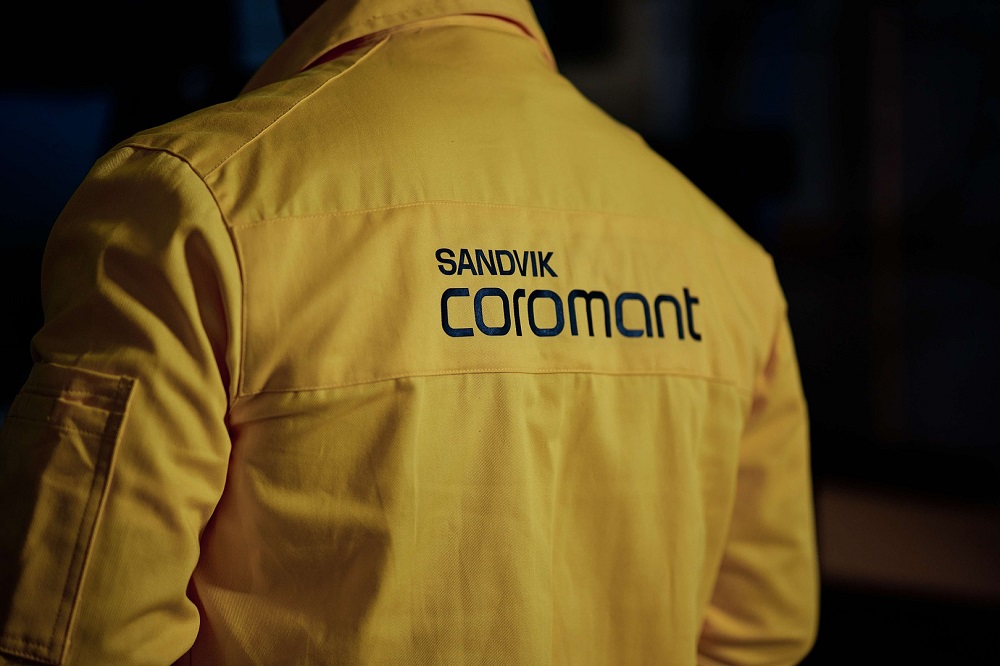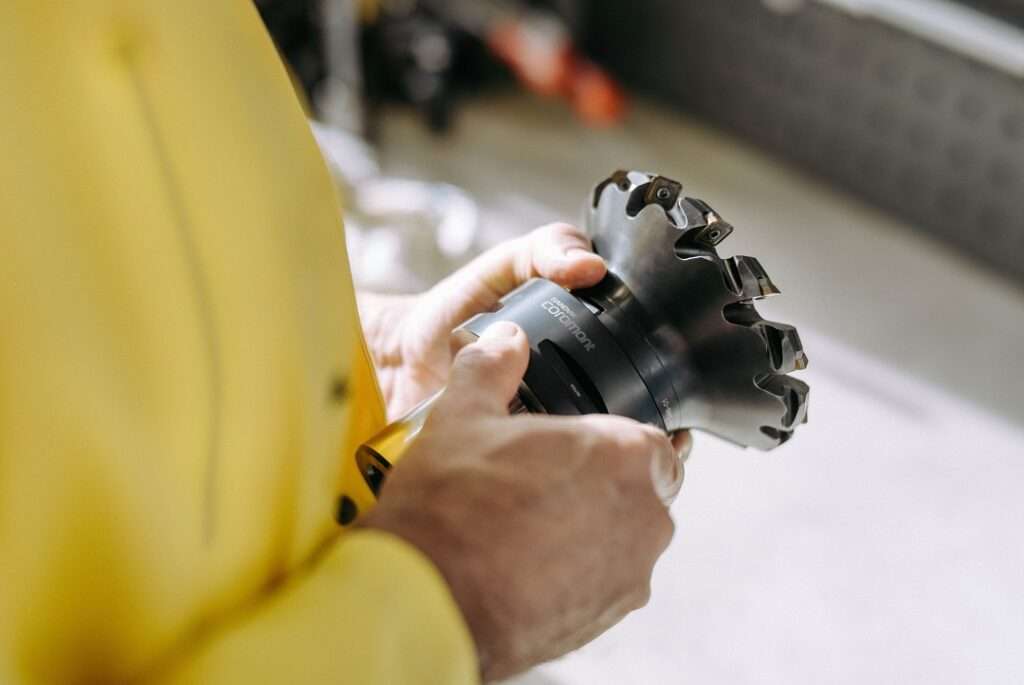Technology insight business Interact Analysis projects that global manufacturing production will expand at a compound annual growth rate of 3% between now and 2027, despite 2023 being a difficult year for manufacturers. Here, Helen Blomqvist, President of Sandvik Coromant, a leading provider of manufacturing solutions and metal cutting tools, examines how firms may adapt to emerging market trends in order to meet obstacles and maintain their resilience in 2024 and beyond.
The manufacturing sector faced a number of difficulties in 2023, ranging from economic instability and emissions standards to digitalization and demand forecasting. However, these difficulties also provide opportunities for manufacturers to innovate and increase their competitiveness as the industry transforms.
Strengthened sustainability focus
With 86% of businesses already having a sustainability strategy in place, according to data from IBM’s Institute for Business Value, the focus on lessening our environmental effect grew in 2023. Although this number is encouraging, statistics indicates that only about one-third of organisations have followed through on their strategy after it was put into place.
Hopefully, more companies will start to prioritise sustainability by 2024. This is especially important within the manufacturing industry, which is responsible for one-fifth of global carbon emissions according to World Economic Forum data. Currently, the sector is not sustainable enough, and we can do a lot more.
Reducing emissions and hitting green targets require that sustainability be a real, integrated component of day-to-day operations rather than merely a strategic aspiration. Manufacturers can accomplish environmental and social goals as well as spur creativity, cut costs, improve the company’s reputation and competitiveness, and drive innovation by combining strategic alignment, employee involvement, and ongoing data-driven improvements.
Manufacturers in the aerospace industry can boost productivity by emphasising sustainability, resilience, innovation, and agility. A key way to achieve this, especially for those involved in metal cutting processes, is to integrate digital manufacturing tools for enhanced operational efficiency. A 2021 study of manufacturing companies conducted on behalf of Sandvik shows over two thirds of manufacturers now implement these tools. Use cases include areas such as digital twins, computer numerical control (CNC) integration, process monitoring systems and cloud computing.
Data-driven production, the fifth of Sandvik Coromant’s production Wellness habits, is made possible by digital technologies. This approach helps companies identify areas for improvement and boost productivity from CAD to delivery. Data-driven processes can increase equipment uptime and prolong its useful life by allowing manufacturers to see any problems early on. As 2024 draws to a close, artificial intelligence (AI) tools for data analysis will probably be used more frequently. This kind of automation will help to satisfy rising demand while cutting expenses. A fundamental component of the Manufacturing Wellness attitude, which is described in the second habit of accepting new technology and the eighth habit of automation, is the integration of AI tools.
Planning for flexible production
Digital manufacturing tools help organisations not only satisfy rebounding demand but also make resource planning easier for industries where demand is unpredictable. For automakers, who are under growing pressure to get ready for the impending phase-out of fossil fuel cars, this is especially helpful. Resource planning has become challenging since manufacturers must ensure they have enough electric vehicle capacity by the time the UK and the EU outlaw fossil fuel-powered cars in 2035.
Data-enabled manufacturing allows for more flexible production systems that can quickly adapt to changes in product design or customer demand, facilitating the production of customised or small-batch items without significant efficiency loss. Integrating digital tools with supply chain management systems can improve forecasting, reduce inventory levels and enhance coordination with suppliers and customers, leading to a more responsive and efficient supply chain.
Helen started working at Sandvik Coromant in 2003 as a research engineer and has a strong history there. She has worked in sales, R&D, and product management for the past 17 years, most recently as the General Manager of Sales Area North Europe. In 2018, she received the Sandvik Coromant Leader of the Year award and possesses two patents. At Sandvik Coromant, she presently holds the position of Vice President for Product Management and R&D. Helen, a native of Sweden, graduated from Stockholm University with a PhD in structural chemistry.







